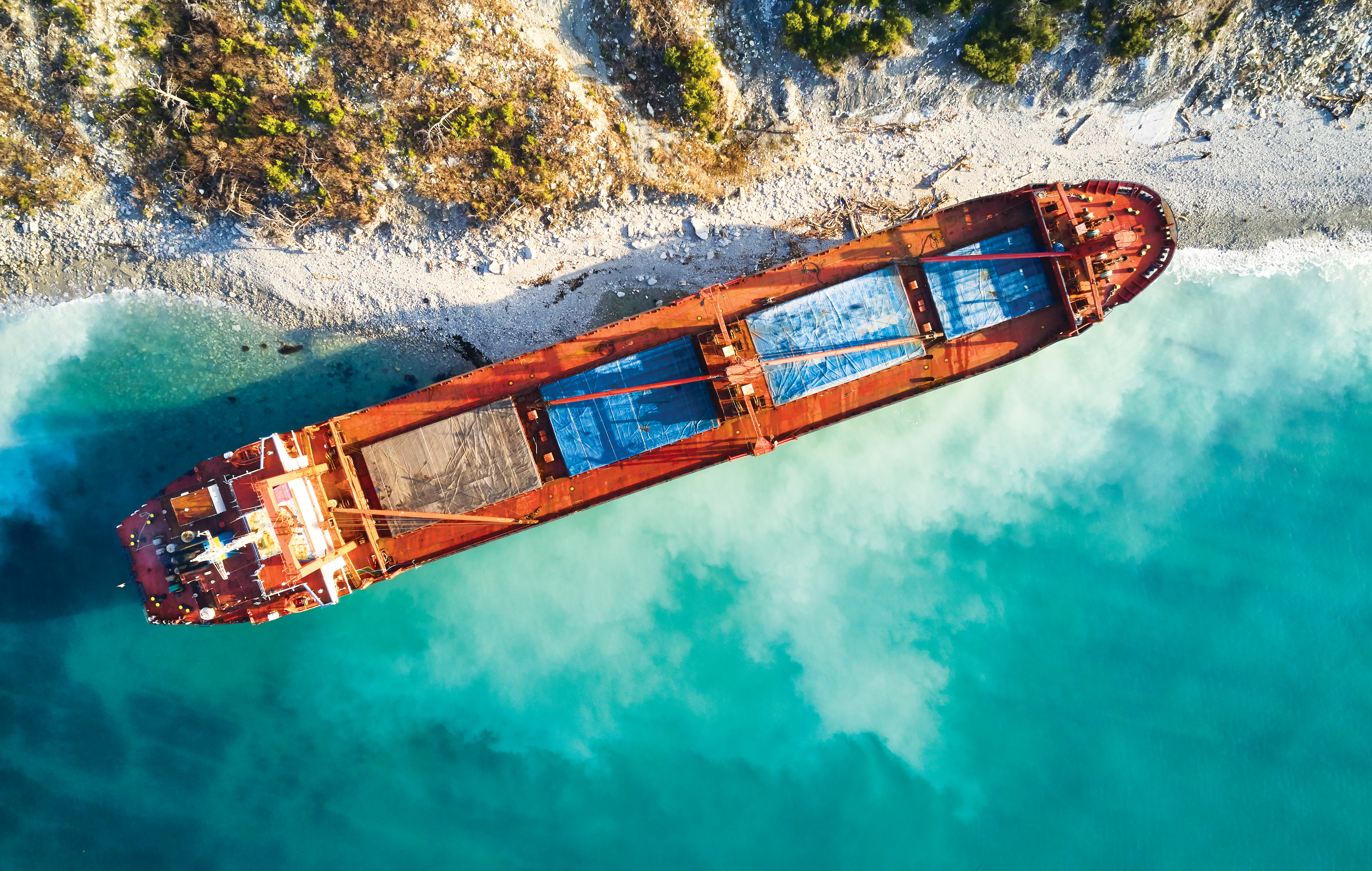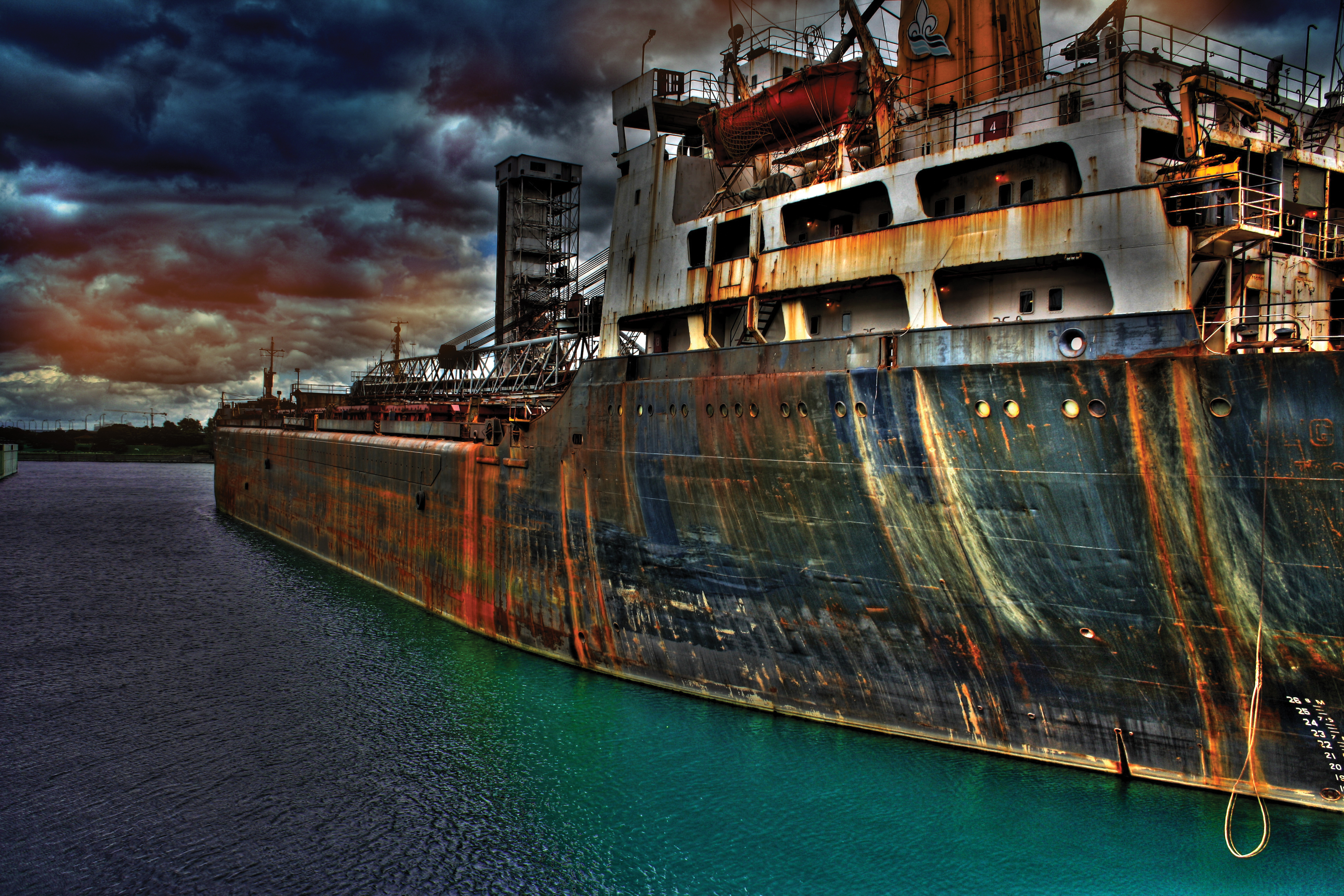The Indian Government has amended the age norms for Purchase and Chartering of Ships, prohibiting Indian shipping companies from buying older tonnage and prohibiting Indian trade from using older ships.
Concerned by the rising trend of marine accidents in Indian waters, and with an intent to have a more fuel-efficient fleet, the Ministry of Shipping in 2003 set up age norms for ships owned by Indian companies and also for ships chartered by Indian companies. A significant correlation was observed between the age of ships and the break-downs and accidents along the Indian coast. Hence the acquisition and chartering of younger ships were recommended. Since the implementation of the norms prevalent over the past 20 years, instances of accidents along the Indian coast have reduced.
Global warming today has become a huge concern across industries, including the maritime sector. There is an increasing pursuit to reduce greenhouse gas emissions in the maritime sector and the International Maritime Organisation (IMO) has prescribed guidelines for adopting alternate fuels for ships. There has been rapid progress in using cleaner fuels, and the maritime community worldwide is working on building ships which can switch over from burning fossil fuels to using LNG, hydrogen, ammonia and methane as bunkers. While there are modifications happening for existing tonnage in some cases, the switchover is more viable for newer tonnage and thus orders for many new vessels are being placed with an option of using clean fuels or dual fuels.

The Indian administration is pursuing Indian shipowners and charterers to scrap older ships and buy or charter modern tonnage. India ranks 17th in the world merchant fleet ranking and presently there are 1,520 ships registered under the Indian flag, comprising a total of 13.7 Mn gross registered tonnage and 20.6 Mn dead weight tonnage. Since there have not been many additions of newbuilds in the past few years by Indian companies, a majority of Indian ships are in the 16 years plus age bracket.
While the average age of the world’s fleet has been improving over the years, India’s fleet has been ageing and there was a need for India to get younger tonnage. Not many new ships are being built under the Indian flag and most acquisitions are done through the second-hand route. The Director General of Shipping (DGS) of India thus felt the need of improving the age of Indian tonnage and has come up with new age norms for ships through its notice dated 24th February, 2023. The norms introduced were under discussion for over a year, with various stakeholders across India. These new rules apply to all ships required to be licensed by the DGS which means all ships registered in India, all ships engaged in coastal trade, and foreign-flag ships either operated under charter to Indian companies or trading within the exclusive economic zone (EEZ).

The new age limit for plying vessels in Indian trade across various categories is as follows:
- Tankers, Dry Bulk carriers, General cargo vessels, Offshore vessels (without dynamic positioning) - 25 years.
- Chemical carriers, Gas carriers, Cellular container vessels, Offshore vessels with dynamic positioning, Harbour tugs, Specialised vessels, Accommodation barges - 30 years.
- Dredgers – 40 years.
- The rules cover all classes of ships except passenger ships and ships engaged in the energy trade i.e. Floating Storage Regasification Units (FSRU), Floating Production Storage and Offloading (FPSO), and drilling and production platforms.
Indian ship owners are now restricted from buying ships more than 20 years old. For oil tankers, cargo ships and most offshore vessels, there are also additional requirements to purchase ships between 15 and 20 years old. These are technical clearances by the administration and such clearances were earlier required for vessels between 20 to 25 years of age.
For chartering of ships serving Indian trade, ships currently operating have a three-year phase-out clause. While the order gets implemented immediately for future acquisitions or charters, existing tonnage gets a window of up to three years to comply with the same. In case the charter of any vessel ends before three years from the date of the order, the dispensation would be allowed till the end of the charter period. The circular also mentions that the DG Shipping reserves the right to dispense any of the requirements, after considering inputs from the Indian National Shipowners Association or any relevant association on a case-to-case basis.
While there are no official statistics available, it is estimated that less than one percent of ship calls in India would be immediately affected. These are vessels that are over the 25-year age bracket and have been calling India regularly. While this doesn’t seem to be too much of a concern, over 20 percent of the vessel calls at Indian ports are in the 20-25 years age category disabling these vessels from calling at Indian ports after few years, as they reach the new age limit. Indian charterers will have to look for more modern tonnage to serve their trade hence this segment is likely to be most affected. These are initial estimates and more details on these would be available as and when the government comes up with detailed statistics. However, in the meantime the trade is concerned about the possibility of some of the regular vessels getting out of the Indian market, leading to an increase in freight rates.
New-age ships will burn cleaner fuels and help the country achieve the target of zero carbon emissions set out at COP21. This needs to be married with India’s aim, of attaining a larger share of the world’s trade pie to ensure growth that is sustainable.
| Age Composition of Indian Shipping fleet as on Dec 2021 | ||||||
|---|---|---|---|---|---|---|
| Category | 0-5y | 6-10y | 11-15y Oil imports | 16-20y | above 20y | Total |
| Coastal | 114 (11.1) | 158 (15.4) | 184 (17.9) | 96 (9.3) | 475 (46.3) | 1027 |
| Overseas | 19 (4.1) | 80 (17.2) | 111 (23.9) | 76 (16.4) | 178 (38.4) | 464 |
| Total | 133 (8.9) | 238 (16.0) | 295 (19.8) | 172 (11.5) | 653 (43.8) | 1491 |
| Figures within parenthesis represent share of fleet to the total fleets given row-wise | ||||||